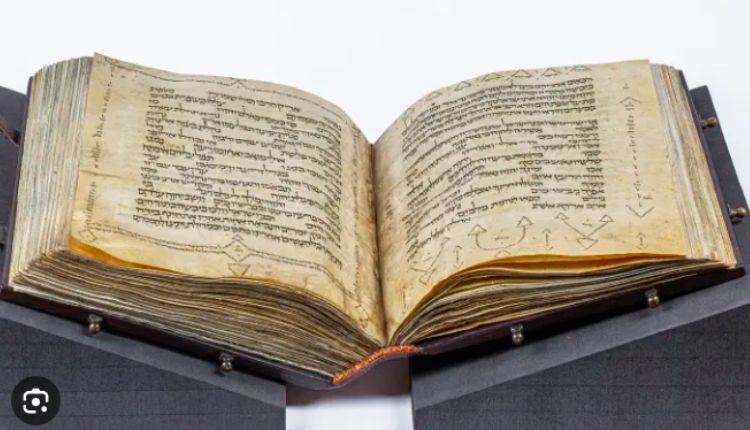The Jewish Bible, often referred to as the “Tanakh” or “Hebrew Bible,” has been a monumental source of wisdom, knowledge, and spiritual enlightenment for countless generations. Its beautiful verses, woven with profound lessons, remain relevant in every era. Today, we are going to delve into the methods of reading this time-honored text and how to integrate the practice of the “verse of the day” in your reading routine.
Understanding the Structure
Before learning how to read the Jewish Bible, it’s crucial to understand its structure. The Jewish Bible is composed of three main sections: the Torah (Law), Nevi’im (Prophets), and Ketuvim (Writings). These divisions collectively create the acronym ‘Tanakh’, the term often used to refer to the Jewish Bible.
The Torah, or the “Five Books of Moses,” is the most sacred part of the Jewish Bible and includes Genesis, Exodus, Leviticus, Numbers, and Deuteronomy. These books outline the history of the Jewish people, God’s laws, and numerous significant events, such as the creation of the world and the exodus from Egypt.
The Nevi’im consists of historical and prophetic books, providing insight into the moral, ethical, and spiritual messages of the Jewish prophets. The Ketuvim comprises a varied collection of literary works, including poetry (Psalms), wisdom literature (Proverbs, Job), and narratives (Ruth, Esther).
Methodology of Reading
- Choose an Accurate Translation: Begin by selecting a translation that stays true to the original Hebrew text. Many scholars recommend the Jewish Publication Society’s (JPS) Tanakh as it provides a precise translation with explanatory footnotes.
- Read with Commentaries: A significant part of studying the Jewish Bible involves engaging with Rashi (Rabbi Shlomo Yitzchaki), a medieval French Rabbi’s commentaries, and other scholarly interpretations. These can illuminate the meaning behind the sometimes cryptic biblical text.
- Study in Sequences: It’s suggested to study the Jewish Bible in its traditional sequence – starting with the Torah, followed by the Nevi’im, and ending with the Ketuvim. This approach provides a more cohesive understanding of the text.
- Incorporate the Practice of the Verse of the Day: A powerful technique to integrate the teachings of the Jewish Bible into daily life is through the practice of “verse of the day.” This practice encourages a daily focused study of a specific verse, aiding in contemplation and application of the text in everyday life.
Incorporating “Verse of the Day”
The “verse of the day” practice allows you to focus on one particular verse each day, meditating on its meaning, context, and relevance. Here’s how you can integrate this practice into your reading routine:
- Selection: You can either follow a predetermined sequence, or select a verse that resonates with you from the day’s reading. Verses can be selected based on their thematic relevance or your personal spiritual needs.
- Meditation: Take time to meditate on your selected verse. Think about its message, its historical and literary context, and its application in contemporary life.
- Research: Utilize scholarly resources and commentaries to gain a deeper understanding of your chosen verse. Exploring different perspectives can provide a richer understanding of the verse’s meaning.
- Application: Finally, contemplate how you can apply the teachings of the verse in your daily life. The goal of studying the Jewish Bible is not just to gain knowledge, but to improve and enlighten one’s life based on its teachings.
The Jewish Bible is more than just a historical or religious book; it is a lifelong journey of exploration and self-discovery. By understanding its structure, reading it methodically, and incorporating the “verse of the day” practice, one can unlock its profound wisdom and integrate its timeless teachings into daily life.












